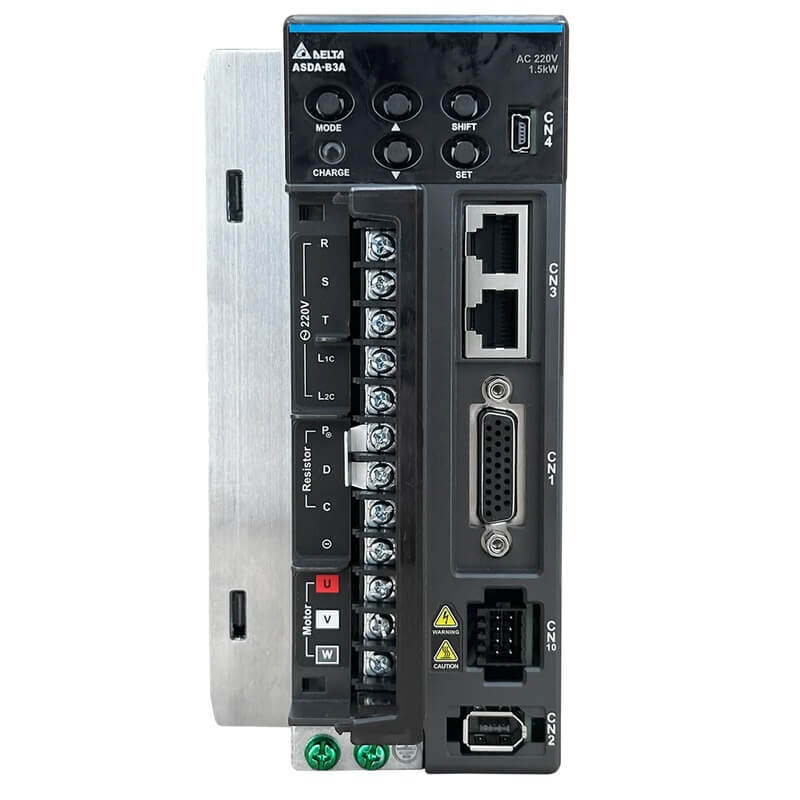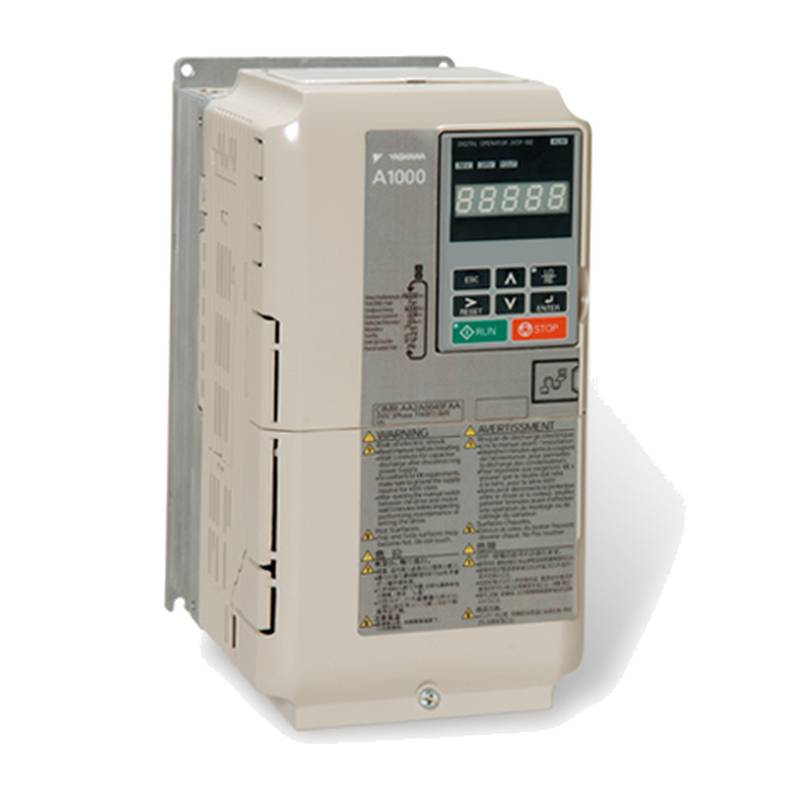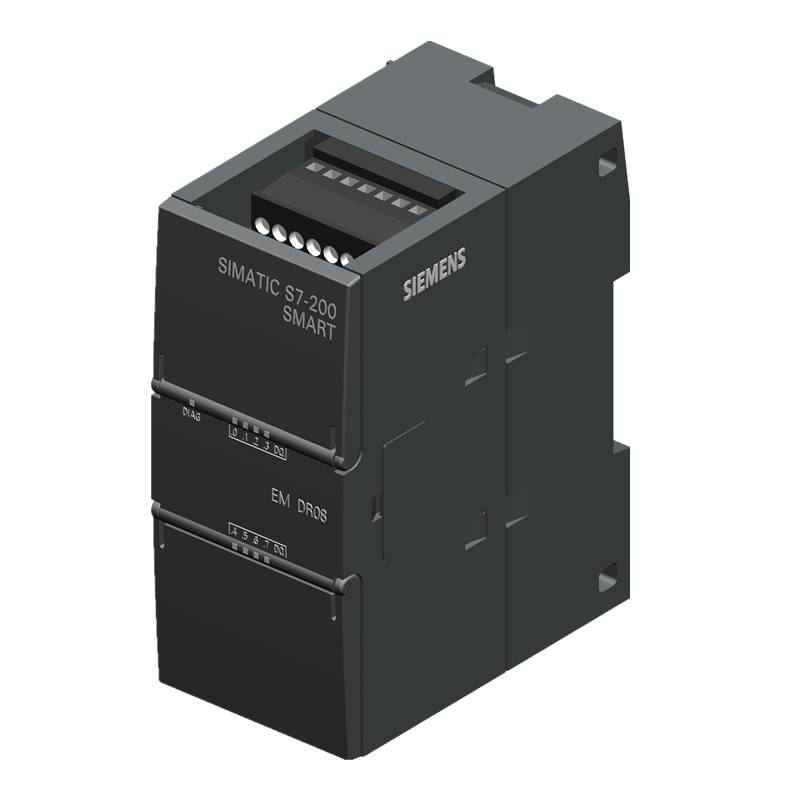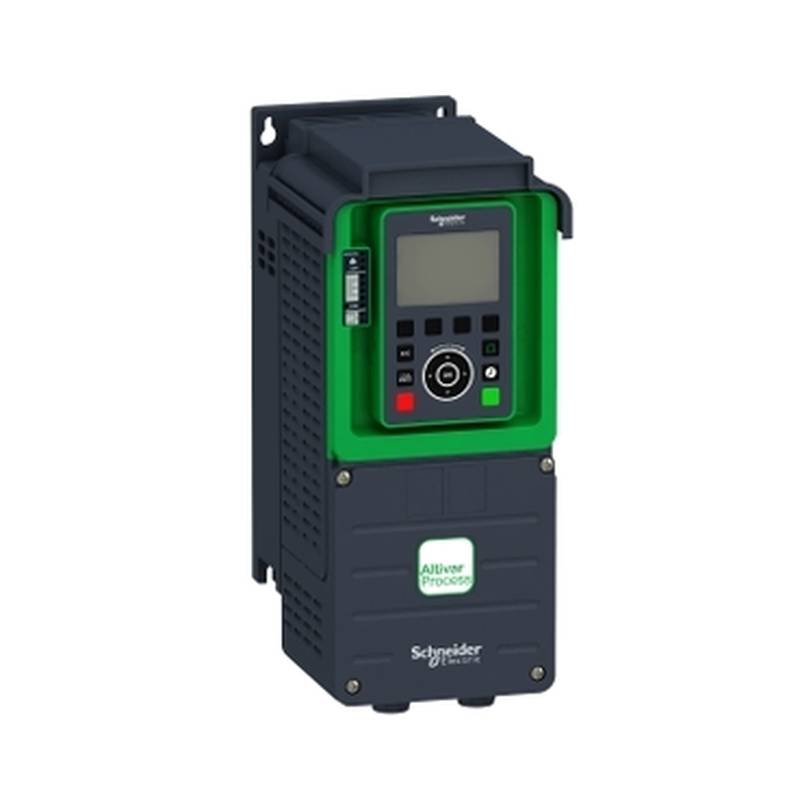
The Siemens BPZ:QAE26.90 is a high-temperature thermocouple sensor engineered for demanding industrial environments, offering robust performance and reliable temperature measurement. Its core advantages lie in its rapid response time, high accuracy, and exceptional durability under extreme thermal stress. This sensor is specifically designed to provide precise temperature readings in critical applications where conventional sensors would fail. Key technical parameters include a wide operating temperature range, typically from -100 to +1000 °C, a robust construction utilizing high-grade materials like Kanthal A1, and standard connection types for seamless integration. The BPZ:QAE26.90 distinguishes itself through its advanced thermocouple junction design and protective sheath, ensuring longevity and consistent performance.
Product Specifications
| Feature | Specification |
| :------------------------ | :--------------------------------------------------- |
| Product Type | Thermocouple High Temperature Sensor |
| Model Number | BPZ:QAE26.90 |
| Thermocouple Type | Kanthal A1 (Type K equivalent for high temps) |
| Temperature Range | -100 to +1000 °C |
| Sheath Material | Kanthal A1 |
| Connection Type | Standard thermocouple connector (e.g., Type K plug) |
| Response Time | Fast |
| Accuracy | High |
| Protection Class | IP65 (typical, depending on connector) |
| Vibration Resistance | High |
Core Features & Market Positioning
The Siemens BPZ:QAE26.90 thermocouple stands out in the industrial sensor market due to its specialized Kanthal A1 construction, which provides superior performance at elevated temperatures compared to standard Type K thermocouples. This material offers excellent oxidation resistance and stability up to 1000 °C, positioning the BPZ:QAE26.90 as a premium solution for critical high-heat processes. Its market positioning is further solidified by Siemens' reputation for reliability and advanced industrial automation technology. The sensor’s inherent durability and fast response time translate to reduced process downtime and improved product quality, offering a significant competitive advantage in sectors requiring precise thermal control.
Key Application Scenarios
The Siemens BPZ:QAE26.90 thermocouple sensor is ideally suited for high-temperature applications across various industrial sectors. It finds extensive use in metal processing, including heat treatment furnaces, annealing, and forging operations where precise temperature control is paramount for material integrity. In the glass and ceramics industry, it monitors kiln temperatures during firing and shaping processes. Furthermore, it is deployed in industrial combustion systems, such as boilers and incinerators, to ensure optimal efficiency and safety by accurately measuring flue gas or internal chamber temperatures. Its robust design also makes it suitable for chemical processing plants operating at high temperatures.
Practical System Integration Guidance
Integrating the Siemens BPZ:QAE26.90 thermocouple into an industrial control system is straightforward, leveraging standard thermocouple wiring practices. The sensor typically utilizes a Type K connector, ensuring compatibility with most temperature controllers, data loggers, and PLC input modules designed for thermocouple inputs. For optimal accuracy, ensure the extension wires used are of the same thermocouple type (e.g., Kanthal A1 or compatible extension wire) and are correctly polarized to avoid measurement errors. Cold junction compensation, either integrated into the receiving instrument or performed via software, is essential for accurate readings. Proper shielding of the thermocouple cable is recommended in environments with high electromagnetic interference to prevent signal degradation.
Operation and Risk Mitigation
Operating the Siemens BPZ:QAE26.90 thermocouple involves ensuring its connection to a compatible temperature measurement instrument that provides cold junction compensation and signal conditioning. Before commissioning, verify the sensor's integrity and the proper functioning of associated wiring and connectors. Risks associated with high-temperature operation include potential sheath damage from extreme thermal shock or mechanical stress; therefore, ensure the sensor is appropriately protected and installed to avoid direct impact. In case of erratic readings or no signal, common troubleshooting steps include checking connections, verifying instrument settings, and inspecting the thermocouple sheath for physical damage. Fault codes will typically be generated by the connected instrument, indicating sensor failure or an open circuit.
Scalability & Long-Term Value
The Siemens BPZ:QAE26.90 thermocouple sensor offers significant long-term value through its inherent durability and compatibility with a wide range of Siemens and third-party industrial automation platforms. Its standard thermocouple output ensures seamless integration with existing PLC systems and SCADA networks, facilitating easy upgrades or expansions. For companies looking to enhance their digital transformation initiatives, temperature data from the BPZ:QAE26.90 can be readily fed into IIoT platforms for advanced analytics, predictive maintenance, and process optimization, contributing to increased operational efficiency and reduced costs over the sensor's extended lifespan.
Frequently Asked Questions
What is the primary application for the Siemens BPZ:QAE26.90 thermocouple?
This sensor excels in high-temperature industrial processes. Its robust Kanthal A1 construction makes it ideal for environments exceeding 600°C.
It is commonly found in metal heat treatment and glass manufacturing. Applications demanding precision up to 1000°C benefit greatly.
The BPZ:QAE26.90 ensures reliable temperature monitoring for safety and quality control.
How does the Kanthal A1 sheath material benefit the BPZ:QAE26.90 sensor?
Kanthal A1 offers superior oxidation resistance at extreme temperatures. This material is crucial for sensor longevity in harsh conditions.
It provides enhanced stability and durability compared to standard thermocouple sheaths. This reduces premature failure risks.
The material's properties ensure accurate and consistent readings even under prolonged high-heat exposure.
What are the recommended wiring practices for the Siemens BPZ:QAE26.90 thermocouple?
Use appropriate K-type extension wires for accurate signal transmission. Ensure correct polarity to prevent measurement errors.
Proper cable shielding is vital in electromagnetically noisy industrial settings. This preserves signal integrity.
Connect to a compatible temperature instrument featuring cold junction compensation for precise readings.
Can the Siemens BPZ:QAE26.90 be integrated with standard PLC systems?
Yes, the sensor uses a standard thermocouple output, often Type K. This ensures broad compatibility with most PLCs.
Integration typically involves connecting the thermocouple signal to a suitable analog input module. Ensure the module supports the sensor's temperature range.
Configuration within the PLC software will involve setting up the input type and applying necessary scaling or compensation.
What is the maximum operating temperature for the BPZ:QAE26.90?
The Siemens BPZ:QAE26.90 thermocouple can operate up to 1000 degrees Celsius. This high limit is a key design feature.
This temperature range allows its use in very demanding industrial heating processes. It's suitable for kilns and furnaces.
Exceeding this limit can compromise sensor accuracy and shorten its lifespan. Always operate within specified parameters.
What type of connector does the Siemens BPZ:QAE26.90 typically use?
This thermocouple sensor usually employs a standard Type K thermocouple connector. This is a widely adopted industry standard.
This connector type facilitates easy and quick connection to compatible measuring instruments or extension cables. It simplifies installation.
Ensure the connector's material is also suitable for the ambient operating conditions for overall system reliability.
How do I troubleshoot a faulty reading from the BPZ:QAE26.90?
First, check all physical connections for looseness or corrosion. Inspect the thermocouple sheath for any visible damage.
Verify the temperature instrument settings and ensure it is configured for a Type K thermocouple with proper cold junction compensation.
If issues persist, test the sensor's resistance or voltage output directly using a multimeter or consider replacing the sensor.
Is the Siemens BPZ:QAE26.90 suitable for continuous operation?
Yes, the BPZ:QAE26.90 is designed for continuous, reliable operation in industrial environments. Its robust construction supports longevity.
The Kanthal A1 sheath provides excellent protection against thermal fatigue and oxidation during prolonged high-temperature exposure. This ensures consistent performance.
Regular visual inspections and calibration checks will further maximize its operational lifespan.
What is the response time of the Siemens BPZ:QAE26.90 thermocouple?
The BPZ:QAE26.90 offers a fast response time. This allows for quick detection of temperature changes.
This rapid sensing capability is critical for dynamic process control and safety applications. It helps maintain tight temperature tolerances.
The exact response time depends on factors like immersion depth and process media, but its design prioritizes speed.
How does the BPZ:QAE26.90 compare to standard Type K thermocouples?
The BPZ:QAE26.90 utilizes Kanthal A1, offering superior high-temperature performance and oxidation resistance over standard Type K thermocouples. It can reach higher temperatures.
While both are K-type, the Kanthal alloy in the BPZ:QAE26.90 extends its effective operating range significantly, up to 1000°C. This is a key differentiator.
For applications near the upper limit of standard Type K sensors, the BPZ:QAE26.90 provides a more durable and accurate solution.
























